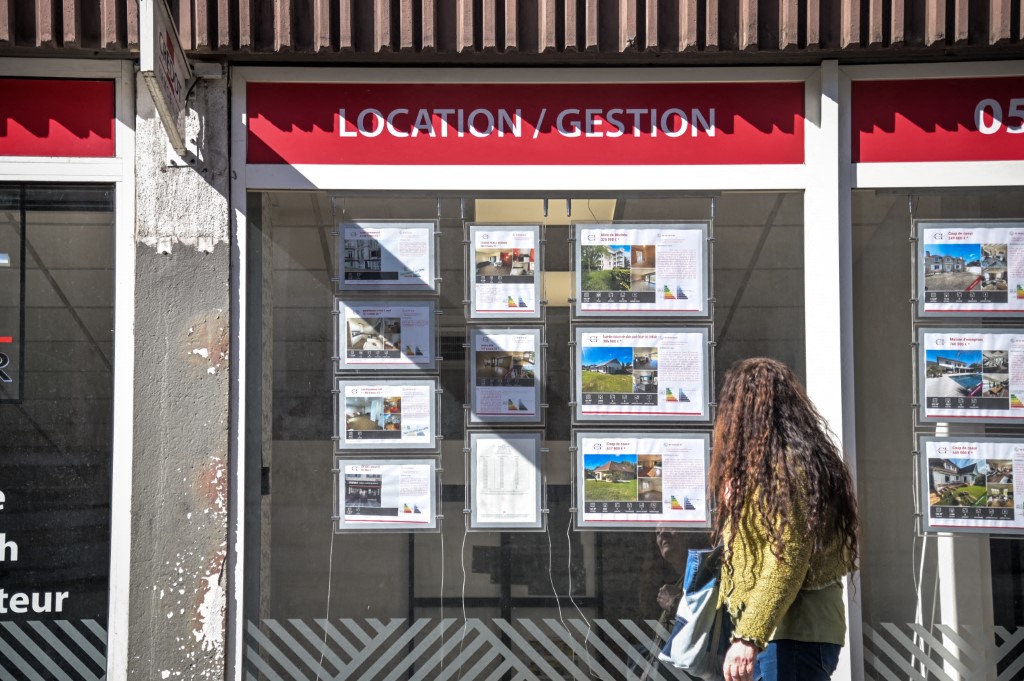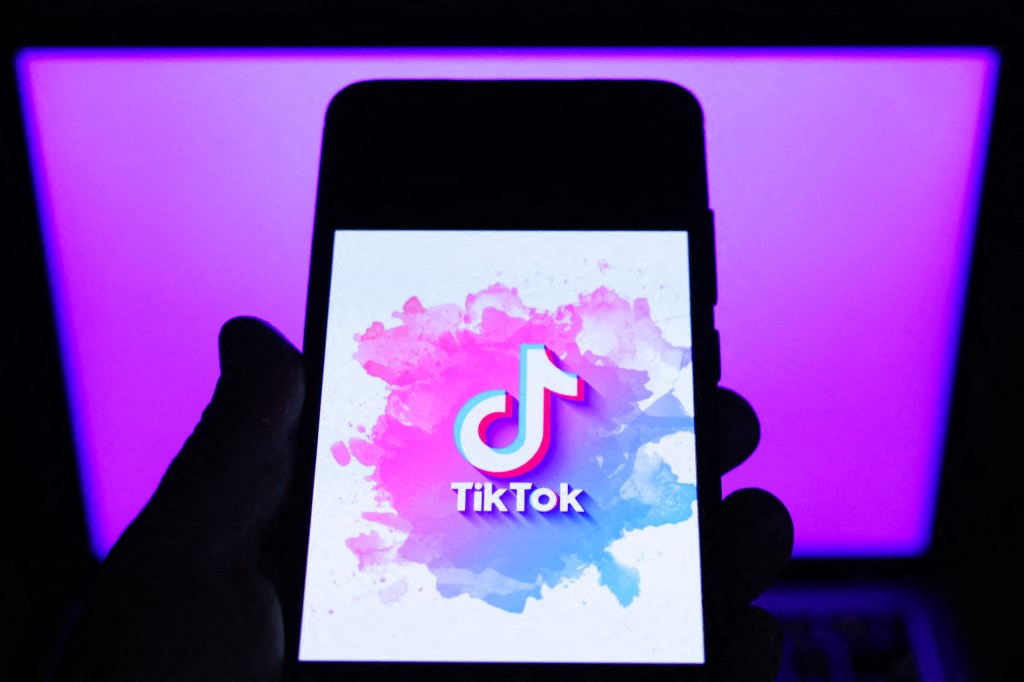Let me begin by telling you that native advertising is the latest innovation in the advertising industry. Do I hear you say that’s not true? Well, it isn’t. Native advertising has been around for a while now. John Deere’s The Furrow, a magazine first published way back in 1895, is one of the earliest examples. Native advertising was often synonymous with advertorials in the past and now, in its current avatar, we often call it branded content. So is native advertising just another buzzword? Sure, but it is also a telling symbol of today’s advertising and digital age.
Branded content is content produced by the brand in order to tell a compelling story with reference to the brand. The brand ideally slips its product into the content seamlessly without taking away from the core narrative. Both branded content and native ads are a sub-set of content marketing. However, native advertising is an ad format that naturally fits onto a page so it looks and feels like the type of content that the user is naturally consuming while promoting a product. Branded content is more akin to driving value to the user. And a byproduct of driving that value could be sales. Thus, there is an obvious difference between branded content and native advertising.
Today, we primarily consume information via social content aggregators such as Facebook, LinkedIn and Twitter, amongst others. In doing so, we have managed to train ourselves to ignore certain sections of the page that traditionally host ads. The right, the top and the bottom of the page are what we tend to associate with rectangular and square boxes of text ads. Native advertising helps bring the focus back to advertising, allowing people to remain where they are naturally inclined to look- the center of the page. This feature would thus make social media the platform most conducive to native advertising purely because of how we consume content.
Let’s take LinkedIn’s native ad product, Sponsored Updates, as an example. Typically, a brand would create content to post on its LinkedIn company page as a regular update. That update would then appear in the newsfeed of the brand’s followers, However, if the brand were to sponsor that update, that content would then appear in the newsfeed of its non-followers. The update would be clearly defined as a Sponsored Update, thus qualifying as a native ad.
That you have to indulge in a certain amount of sneakiness to develop a successful native ad is a misconception; tucking away the brand’s name within the content is not necessary. Instead, clearly attaching the brand’s name to the content to avoid tricking the user would not only prove more beneficial, but would also ease some of the negativity associated with native advertising.
Native advertising is still in its infancy in the region. Brands, eager to stand out from the clutter, have shown interest. Local publishers recognizing the opportunity have started adding native advertising to their product offerings. However, content as a messaging tool still tends to be an afterthought for now. Often, marketers want to hit all their KPIs with a single piece of content. For them, each piece of content would, ideally, achieve multiple comments, increased shares, high website traffic and leads. As a tool, native advertising is most effective when the content fits well into the brand’s long term strategy and adds value to consumers – as opposed to selling to them at all times.
Because creativity, strategy and careful execution are all part of a successful native ad campaign, treating each piece of content individually is key. Advertisers and publishers alike need to focus on enabling their consumers to be more productive and successful with their ad content. Ensuring that they are asking thoughtful questions and are ready to engage with their consumers through comments is also important. Ultimately, a successful native ad campaign should benefit the advertiser, publisher and consumer.
Native ads have been a part of advertising for ages and will continue to be around, though the terminology might keep changing. Advertising technology is growing at a rapid pace. Technology is evolving exponentially. All of this together could make it easy to get lost in all the possibilities today’s advertising formats present.
Our digital landscape is bound to grow with new possibilities of advertising technology coming our way. As technology changes, ads too will tweak and mold themselves to infiltrate potential ad space. Until then, agencies and clients need to work closely with publishers to get this right and positively impact advertising today.
Pawan Setpal is director at Clique Media.




